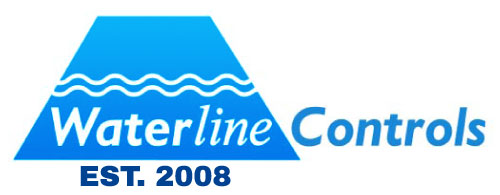Cooling Towers & Water Conservation
At Waterline Controls we are always pleased to hear about progress being made in green technology and environmental conservation. That’s why we wanted to share the great news about Infinite Cooling’s first-place win at the Houston-based Rice Business Plan Competition. Their victory is a major win in one of our nation’s largest startup competitions. Infinite Cooling’s eco-friendly design was voted number one out of a total of 42 very competitive entries. Their innovative design would enable power plants to capture and reuse water that is usually lost through their cooling towers.
Combining Water Conservation and Power Generation
Infinite Cooling is an alum of MIT’s delta ν startup accelerator and was co-founded by Karim Khalil, Kripa Varanasi, and Maher Damak. Their mission, according to the Infinite Cooling website, is to “provide novel technology to enable water-sustainable thermoelectric power.” In layman’s language, they want to help power companies use less water while still producing the same amount of power. Their recent win at the Rice Business Plan Competition was based on the presentation of an innovative solution to water consumption at power plants: a way to capture the enormous water vapor plumes as they exit power plant cooling towers.
As the name implies, the purpose of a cooling tower is to provide evaporative cooling. Part of the water is evaporated to cool the rest of the water. As a result of the evaporation, water vapor escapes the towers in a massive plume, and the cooling water must be replenished to make up for this loss. That’s where Infinite Cooling and their state-of-the-art solution comes in.
Their dome-shaped device made out of what looks like a mesh material and is retrofitted onto existing cooling towers. The device uses electric fields to charge water and then use that charge to redirect the exiting water to a collector rather than allowing it to escape into the atmosphere. This allows a significant amount of water to be captured for reuse, thereby reducing the water consumption requirements of the power plant by 20% to 30% and can capture 100% of the vapor plume. The water savings from implementing this technology could prove crucial in areas prone to drought and water shortages, such as certain parts of California.
Conclusion
We know that our environmental resources are critical. Because of that we aim to provide technology that supports water conservation and greener alternatives to traditional water level control technology. For example, our cooling tower water level sensors and controls prevent the loss of water by providing reliable solutions to the failure/overflowing of the float valves. The electronic sensor design is far more dependable than the traditional mechanical float switches and will not plate, degrade, or foul. Our controllers have a modular design, so that if a component should fail the entire unit does not need to be replaced. In addition, WLC controllers are designed for a 15-year life cycle at 99% reliability. All of these features combined provide a green solution to your water level control needs.

